what's happening now!
may 2025
update on the blue tit family
A third baby has now emerged from the nest.
He has had a few crash landings and is very wobbly still. Mum and dad seem to be letting him get on with things himself but you can hear them constantly chirping nearby.
Baby seems to be very overwhelmed by his new surroundings and is spending most of his time asleep!
The photos aren't brilliant because they have been taken at some distance!
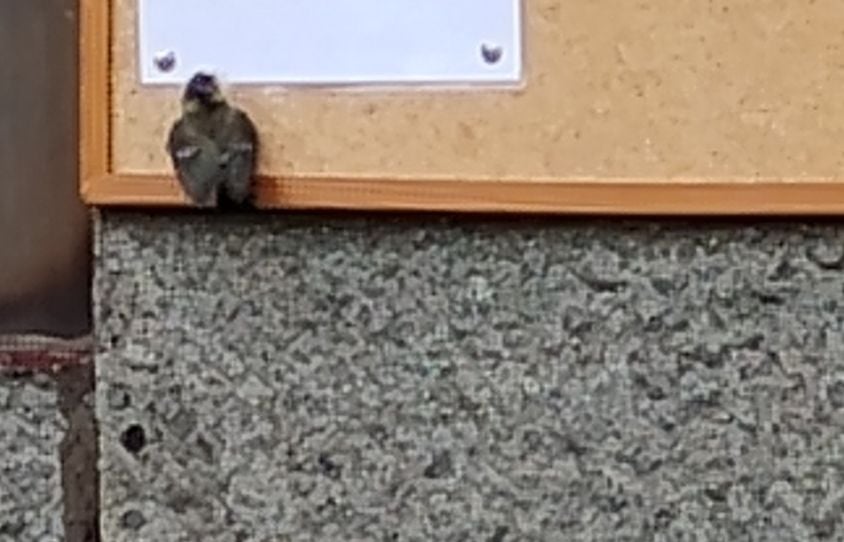
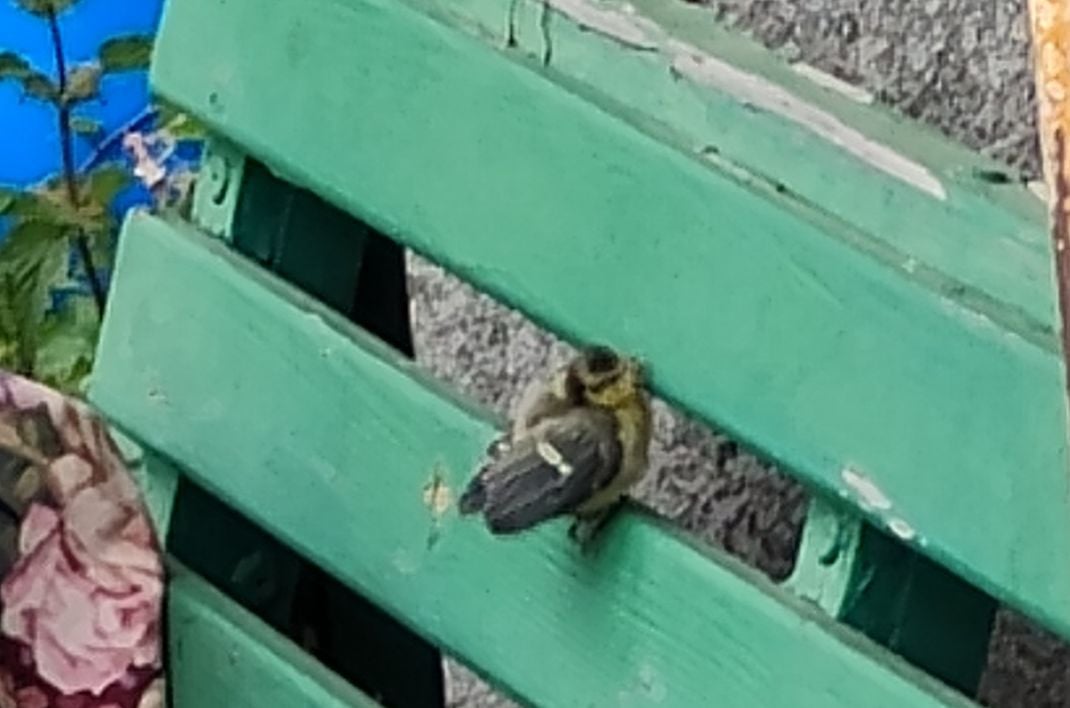
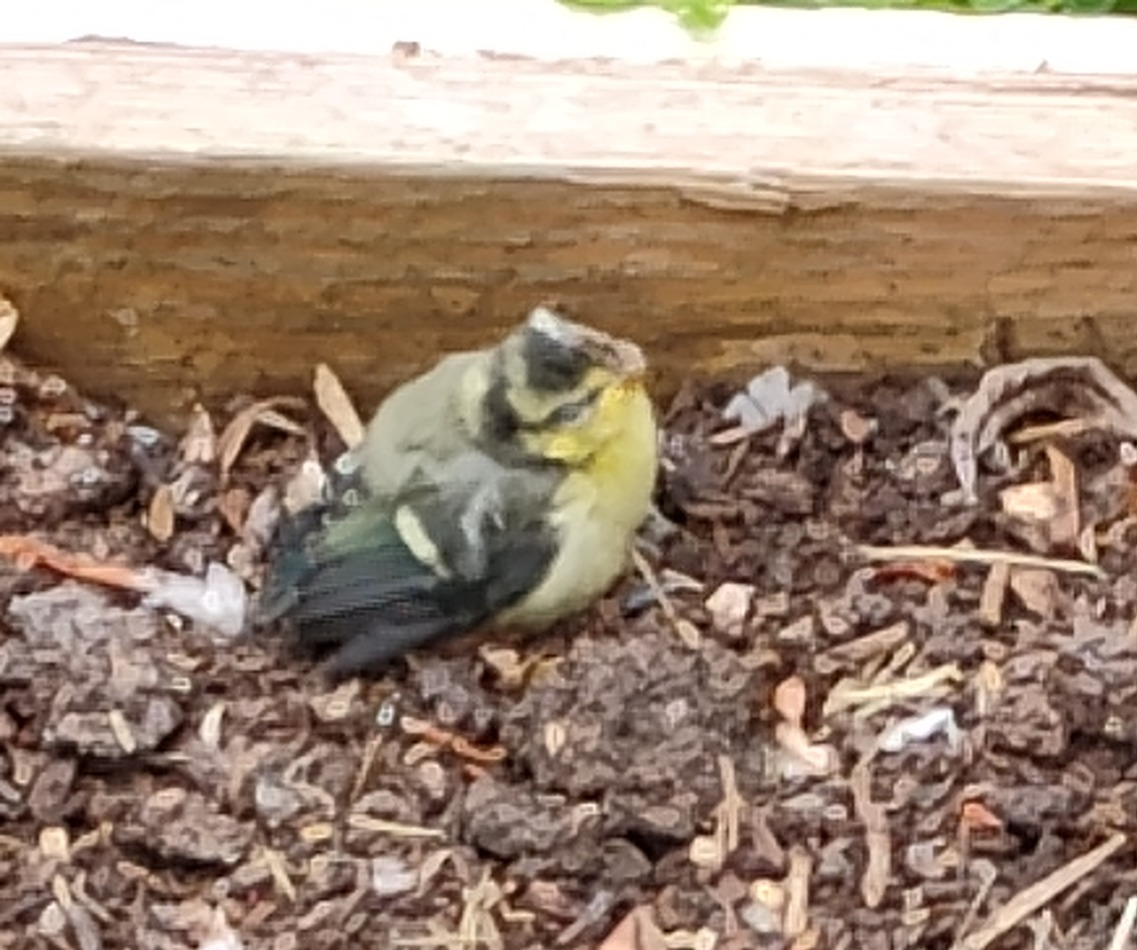
poppies
These seeds were planted last summer and very weak looking plants were transplanted on a frosty morning in January.
They have just started flowering and have multiple heads on each plant.
The variety is called Danish Flag.

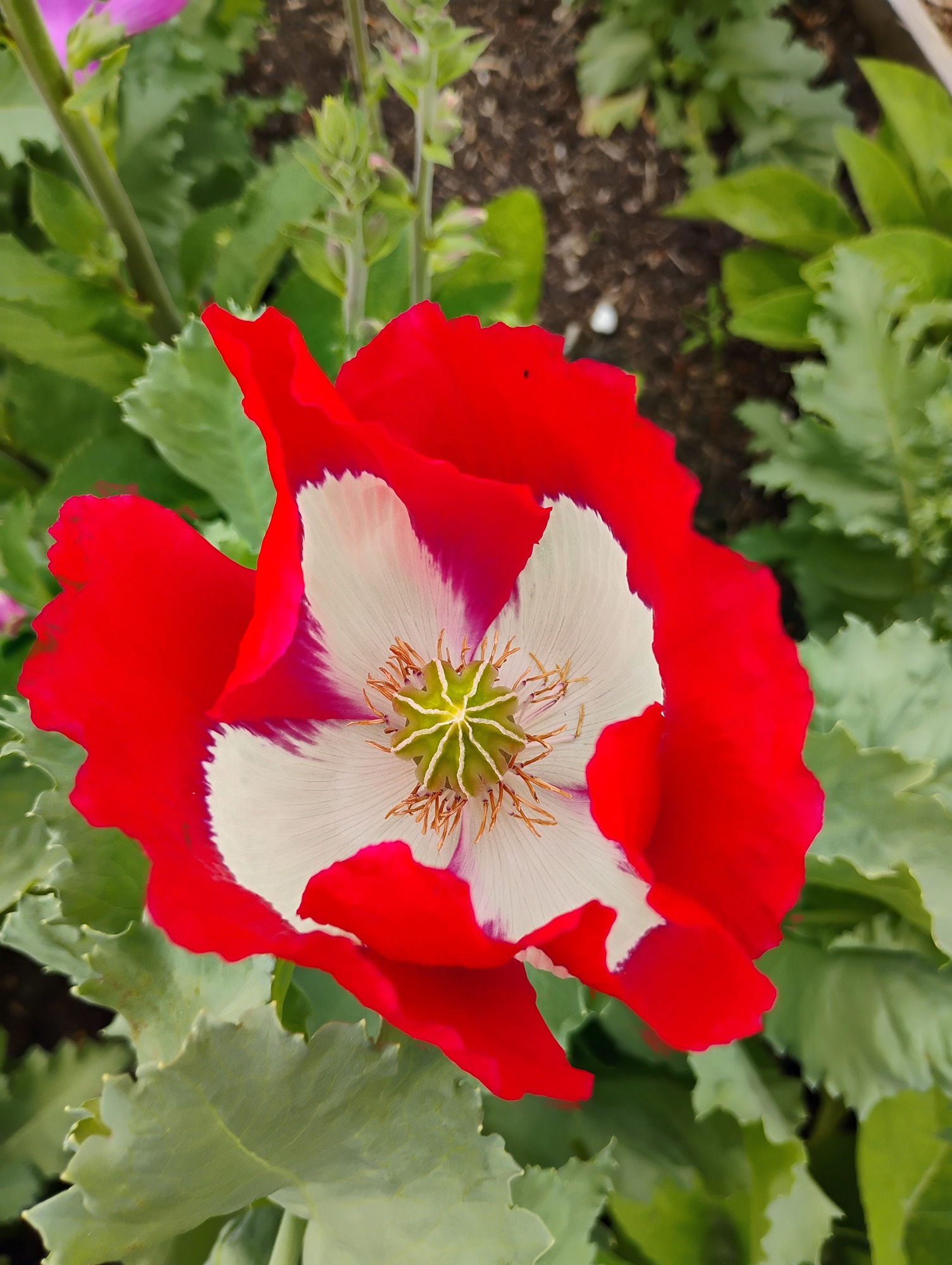
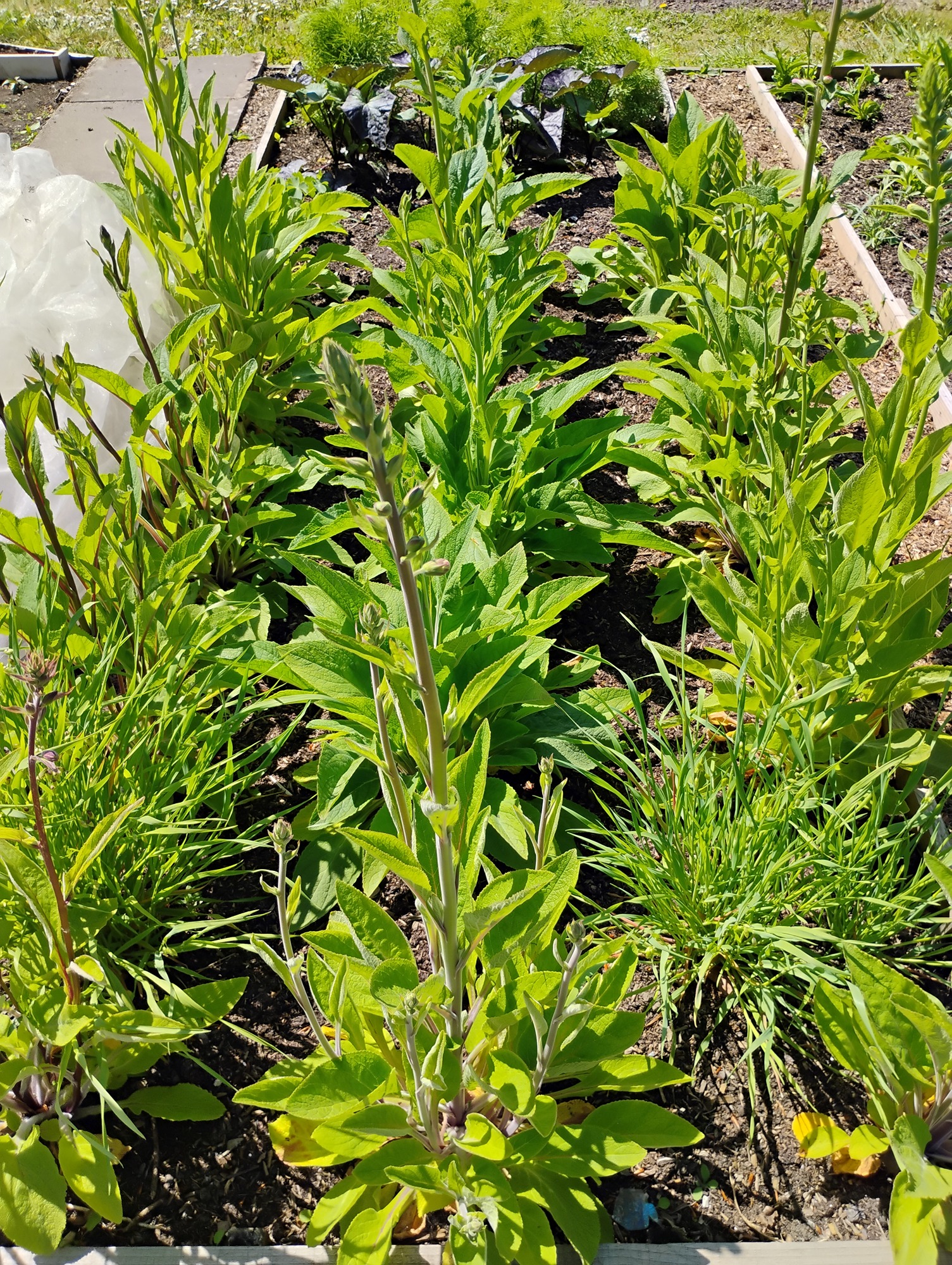
foxgloves
The foxgloves are other biennials sown last summer are now coming into flower and ready for cutting.
I'll cut the foxgloves once the first flowers start to open and hopefully get a week in the vase from them.
I still feel guilty cutting flowers when bees are around busy pollinating. Having a space dedicated as cutting beds helps because I treat the flowers as I would with any harvest. Although I do still leave some in for the insects, once they are finished the plants will be composted and summer annuals put in their place.
If you are handling foxgloves I would always recommend wearing gloves as the toxins can be absorbed through the skin.
blue tits
A happy event this week. The first brood from the blue tits left the nest and we were there to witness it. Too often you watch the parents going backwards and forwards to the nest and then miss the fledglings.
The first came out quite late on in the day, left the nesting box and quickly crashed to earth! Everything was fine after a lot of fluttering and next morning was sitting on top of the nesting box. Then the second left the nest the next morning with much encouragement from mum and dad.
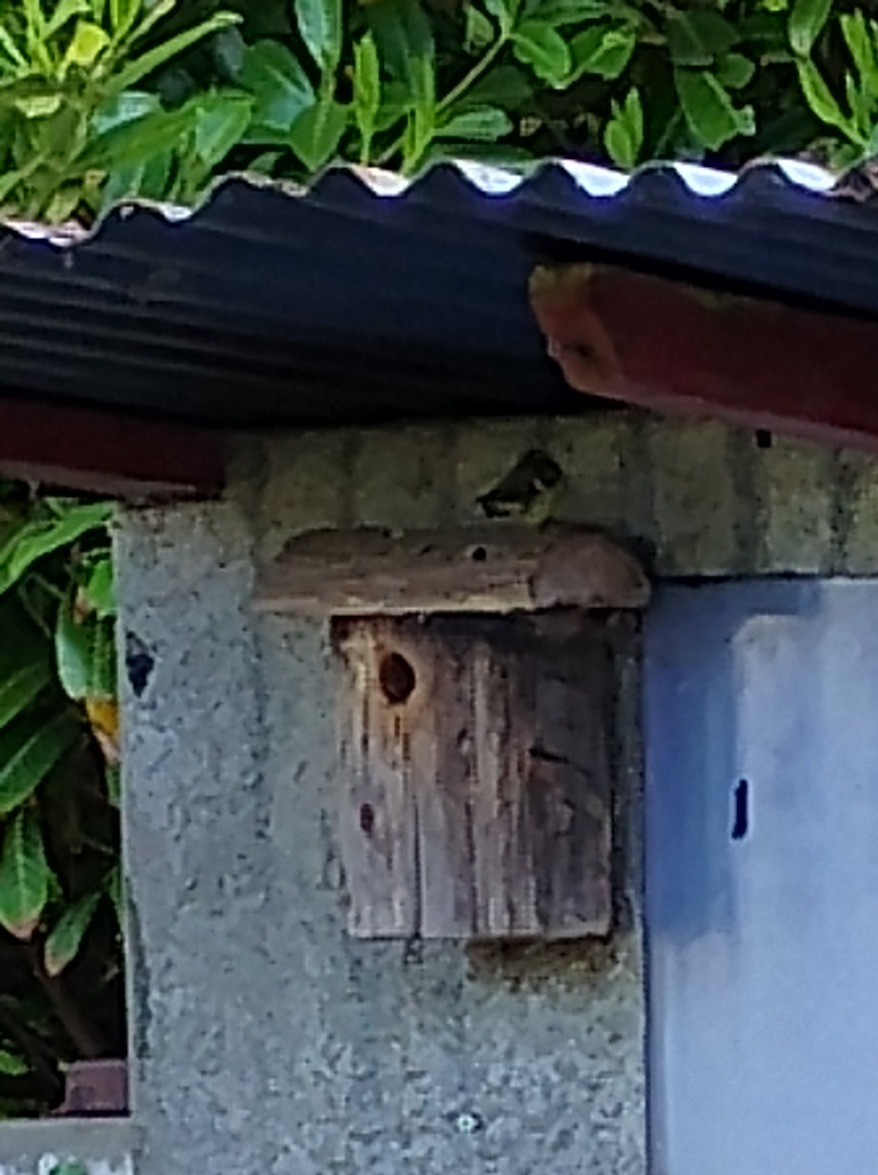
Well, what happened to April. With the Spring Show planning the month went in a flash. The tulips were hugely successful and have all finished now. I'm already planning these for next spring. They lasted a good two weeks in the vase at home so make wonderful cut flowers. The narcissi do need more work. They were ok but they were not enough to make a great display so will require more planning and planting.
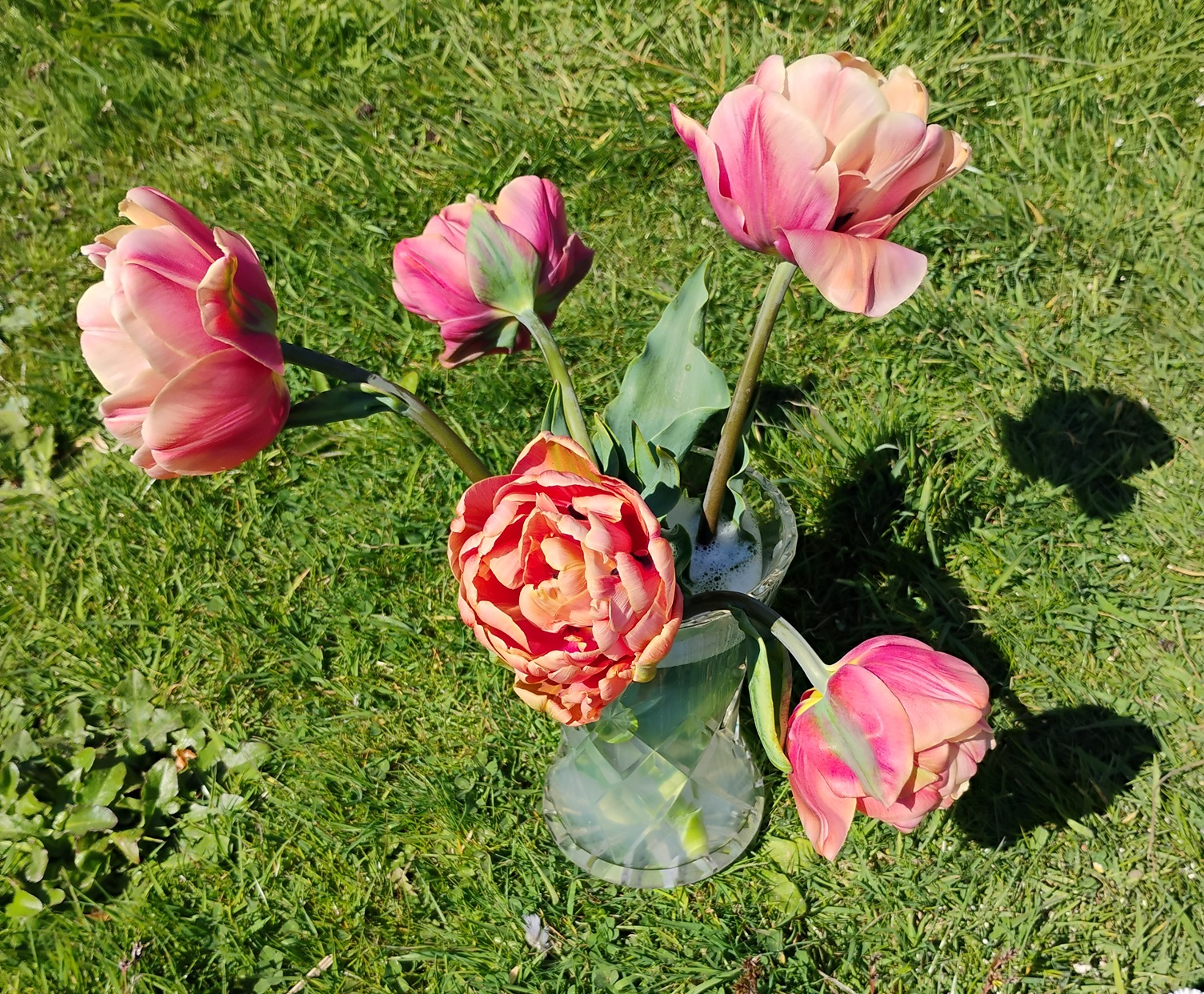
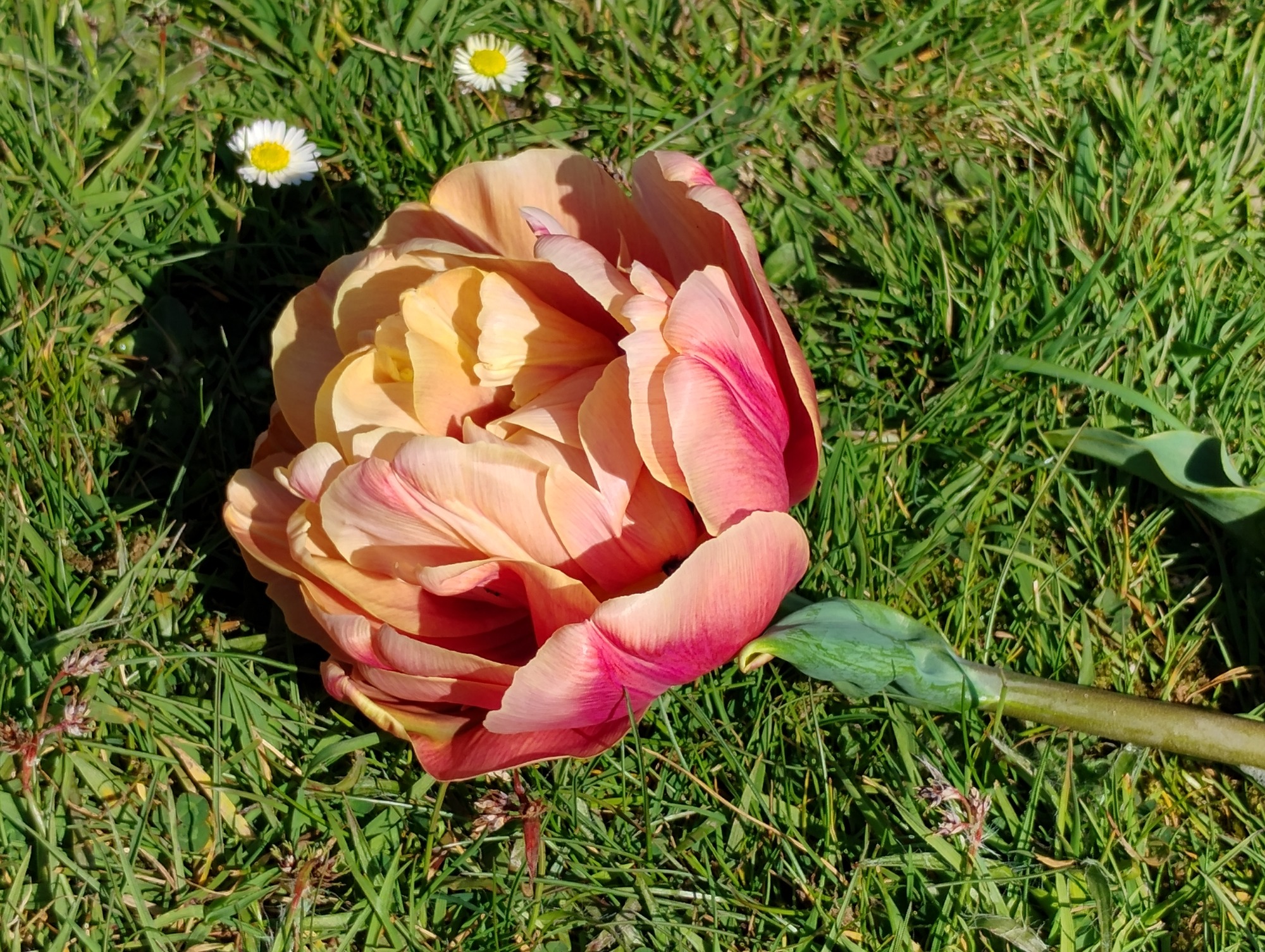
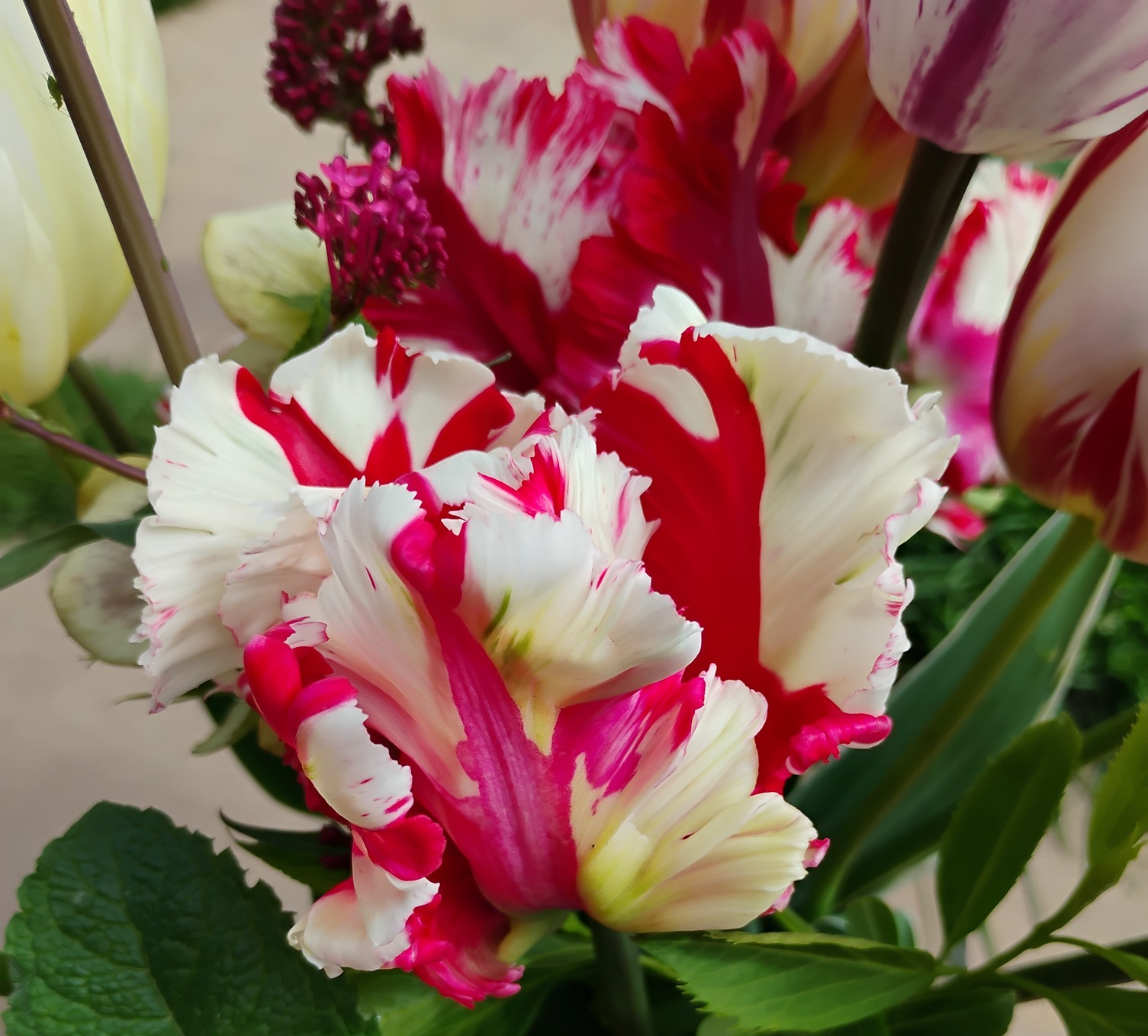
march 2025
in like a lion out like a lamb!
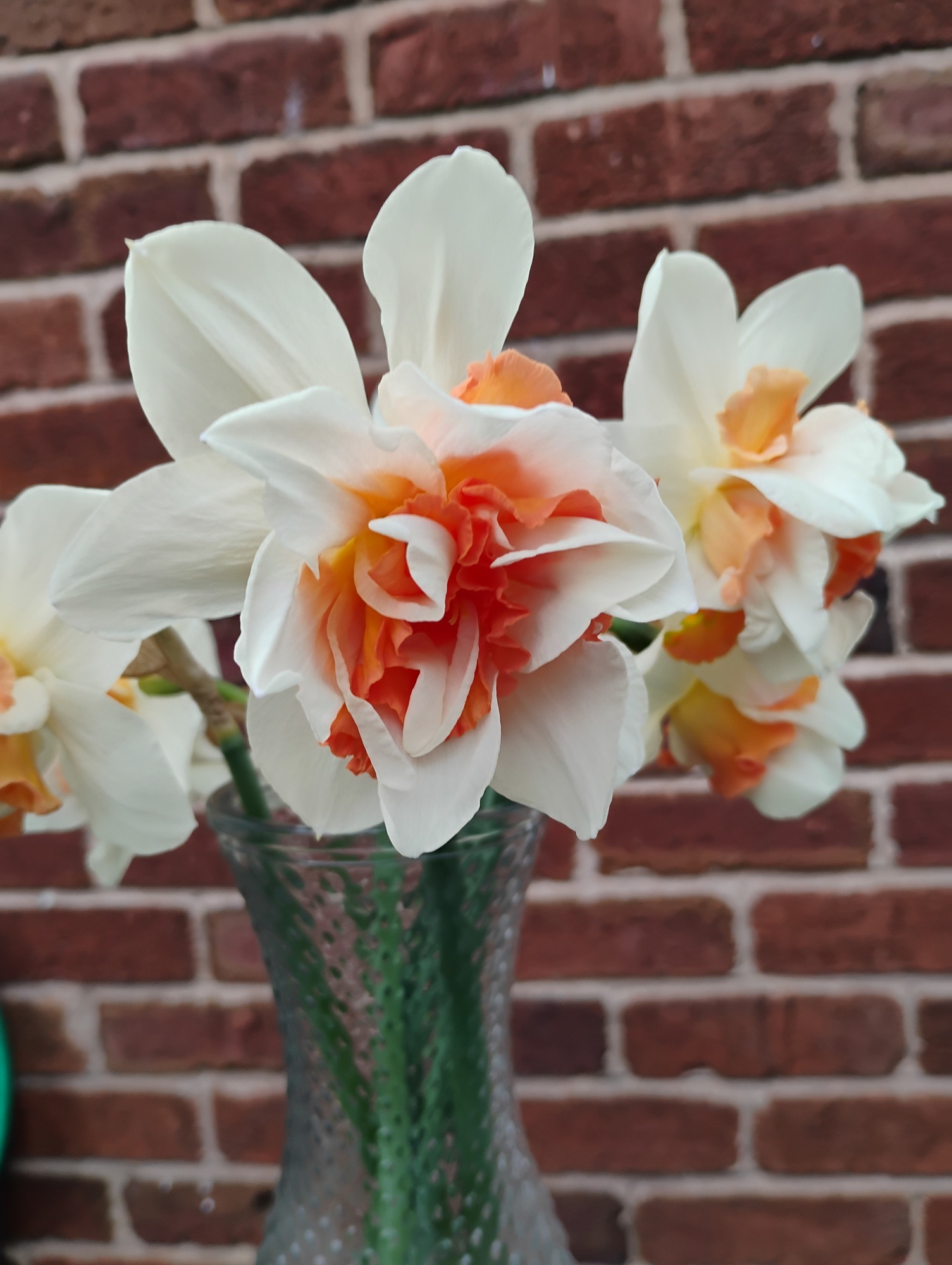
First daffodils
The first narcissi (daffodils) to be cut from the cutting garden this year. This is a double variety with white petals and an apricot ruffle in the centre. The variety is Replete and have been the first to flower this year.
The sap in the daffodil is toxic to other flowers and will shorten their life. These will stand in about an inch of water for 24 hours to allow the sap to drain from the stems before mixing with other flowers.
Drying flowers
Ever thought of growing flowers for drying, this way you can extend the life of your harvest and enjoy them all year round.
Chiltern Seeds have an excellent article under their Latest News and suggestions for flowers you can get growing now. Click here to check it out.
Pictured right. achillea (also known as yarrow) which is both excellent as a cut flower and can also be picked and dried.
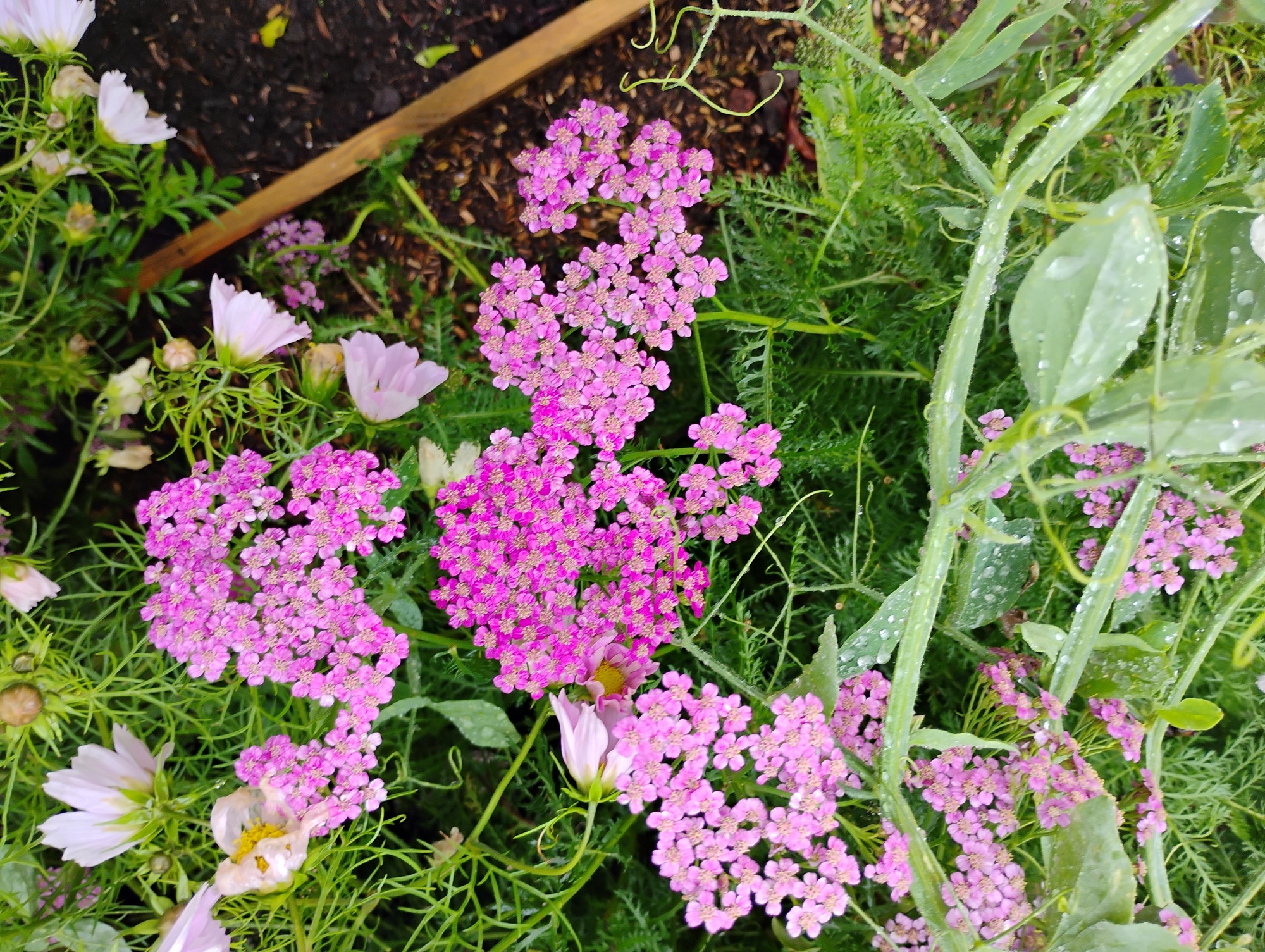
british flowers
Growing your own vegetables is incredibly rewarding but have you thought of a cutting garden for growing your own flowers. British grown blooms have far more individuality than the mass produced flowers, grown to perfection and flown from the other side of the world. If you don't want to grow your own you can still support the British flower industry and purchase from one of the many flower farms that are located around the country.
To find the location of a flower farm closest to you please visit the Flowers from the Farm website for more information.
foxgloves
Grown from seed and sown late summer last year. Foxgloves are biennials. Sown in the previous year they won't flower until the following year. Although these look a little dog eared at the moment they have made it through the winter and are now growing quickly.
These are being grown just for cut flowers and will be ready in late spring/early summer. Once the flowers have been cut the plants will be dug up and discarded on the compost heap.

broad beans
The first of the veg plantings for this year. The broad beans were sown into trays on 10th Feb and left in the greenhouse for a few days. I had hoped they would germinate but it just wasn't warm enough. I brought them into the house and after a couple of days germination had started. They had all started by 20th Feb and were large enough to be planted out into the bed on 7th March. I do not harden any of these plants off however they are all covered in a winter fleece. Fleece should be 30g weight. This provides enough warmth to get the plants established quickly.



continue with the seed sowing

The growing season is now well underway and days are getting longer and slightly warmer.
Seeds are germinating quickly. I sow into small trays and cover these with the clear propagator lids then bring them into the house. Once seeds have started to germinate uncover to prevent the seedlings becoming too drawn (leggy). I then put the uncovered trays out into the greenhouse.
I have an unheated greenhouse however I also have one of the cheap plastic mini greenhouses (the small ones you can pick up from supermarkets or B&M with 3 to 4 shelves inside). I have the mini greenhouse inside the main one and use this to put my trays of small seedlings in. Overnight temperatures are still low at this time of year and we still have a risk of frost. Small seedlings need protection so find that the this method provides the extra warmth needed at night time. During the day I make sure the plastic door on the small greenhouse is always unzipped and I tend to remove the trays and put them onto the benches in the main greenhouse during the day.
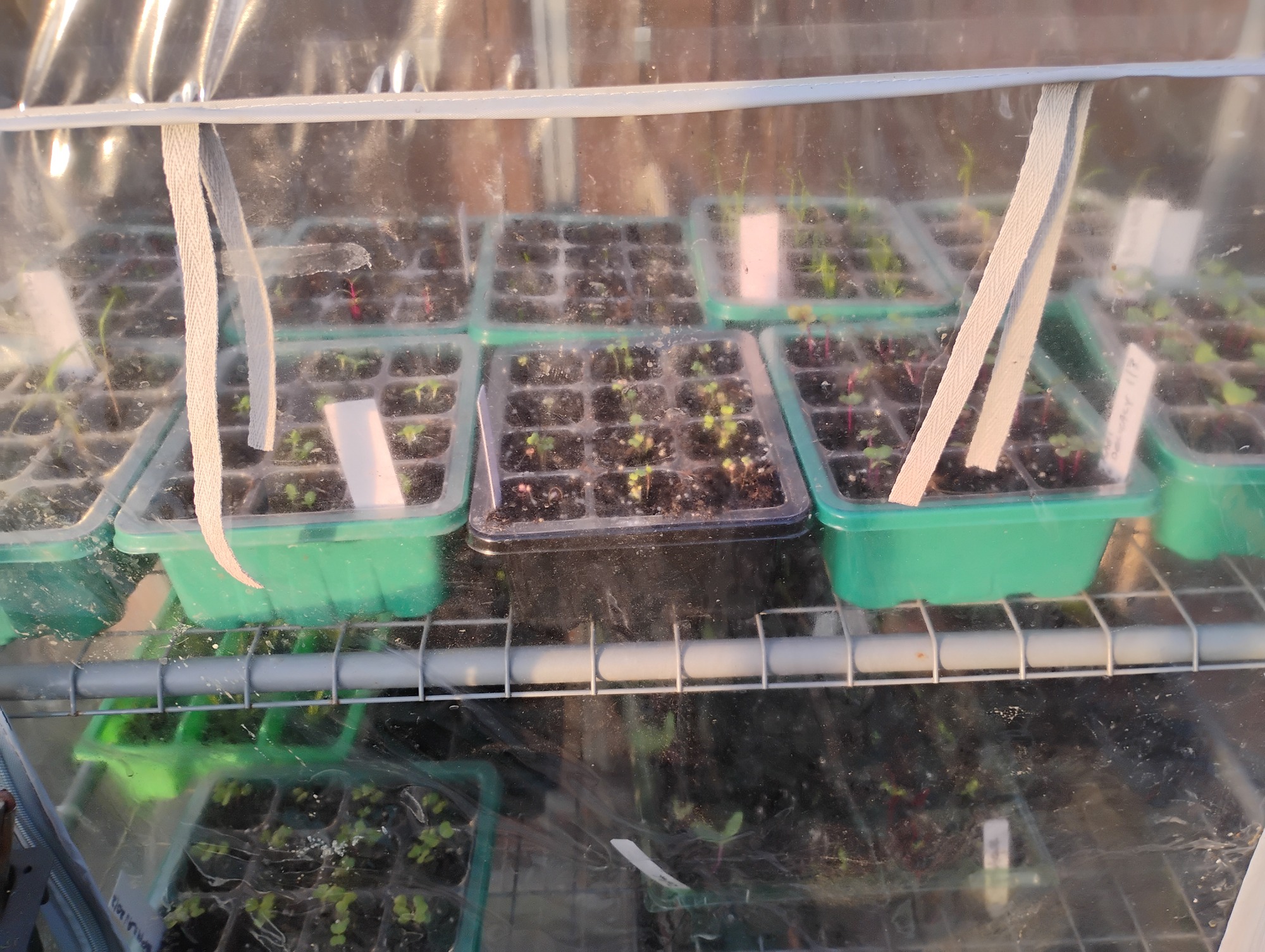
February 2025
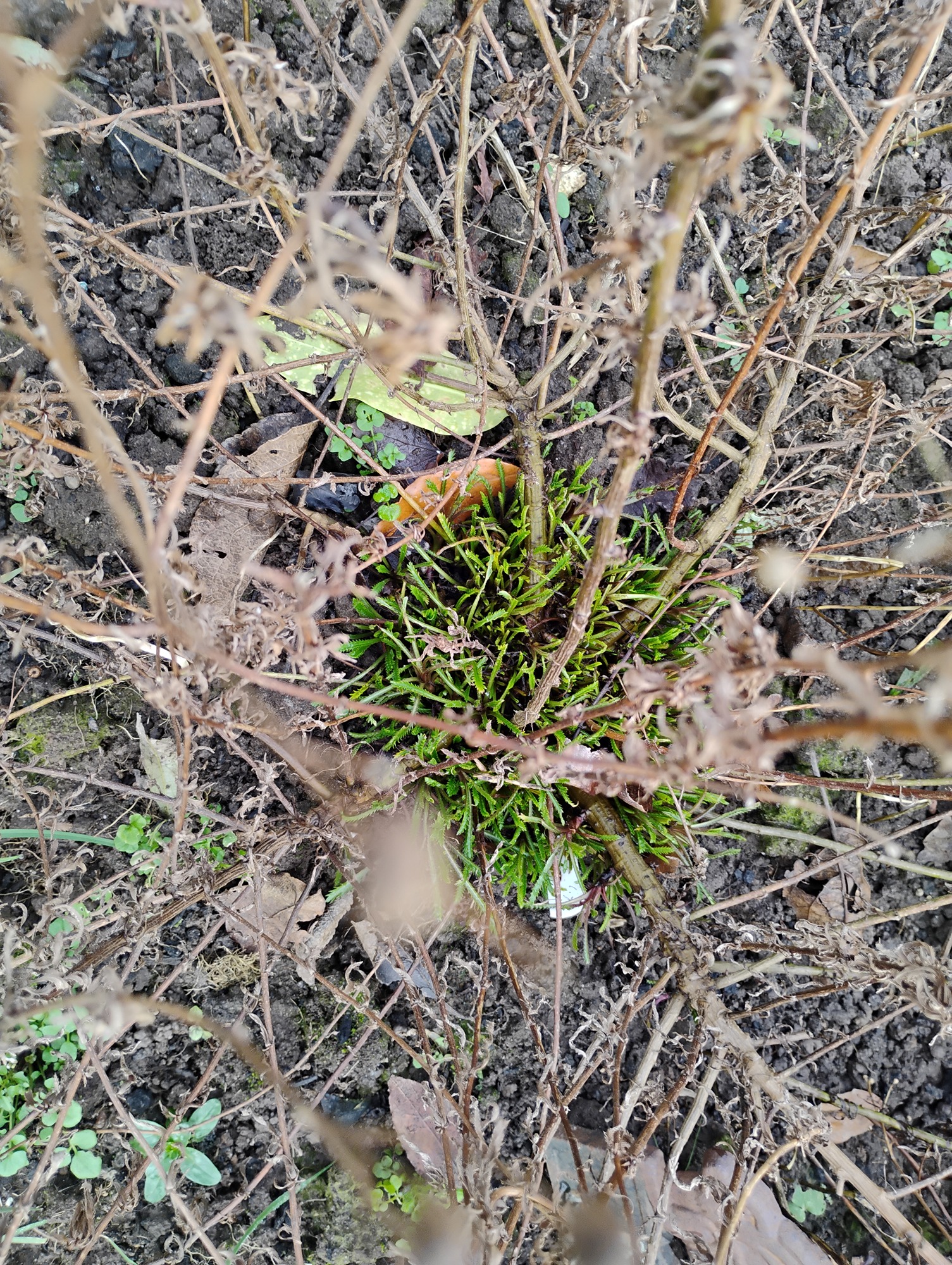
english mace
Saughall Gardening Club had an excellent talk last summer from William Woods at Blackbrook Herb Gardens.
William brought along some plants for sale and I purchased some English Mace. It wasn't planted out until July but very quickly established itself and flowered until the frosts came. As can be seen in the photo the plant already has plenty of new growth on it and will be tidied up ready for the spring in the coming days.
I purchased a number of other plants from William and all have established themselves quickly.
We are very fortunate that William has agreed to come along again to Saughall Gardening Club on 21st July 2025. He will be bringing more plants along!
purple sprouting brocolli
Always a useful plant to have in for this time of year when other vegetables are in short supply. These plants have been in the ground since September last year. The variety is Claret and is a vigorous cropper. These seeds were obtained from DT Brown.
These plants have been netted with a fine mesh since planting. I find that this does keep some of the weather from damaging the plants and also keeps some of the warmth around them over winter. The nets are necessary if you have problems with birds, particularly pigeons. A few weeks ago when we had the high winds one of the nets blew off some of the plants. They were only uncovered for 1 day but you can see from the photos below how the plants have been devastated. The pigeons strip the leaves and these plants are now struggling and will not now crop to their full potential.
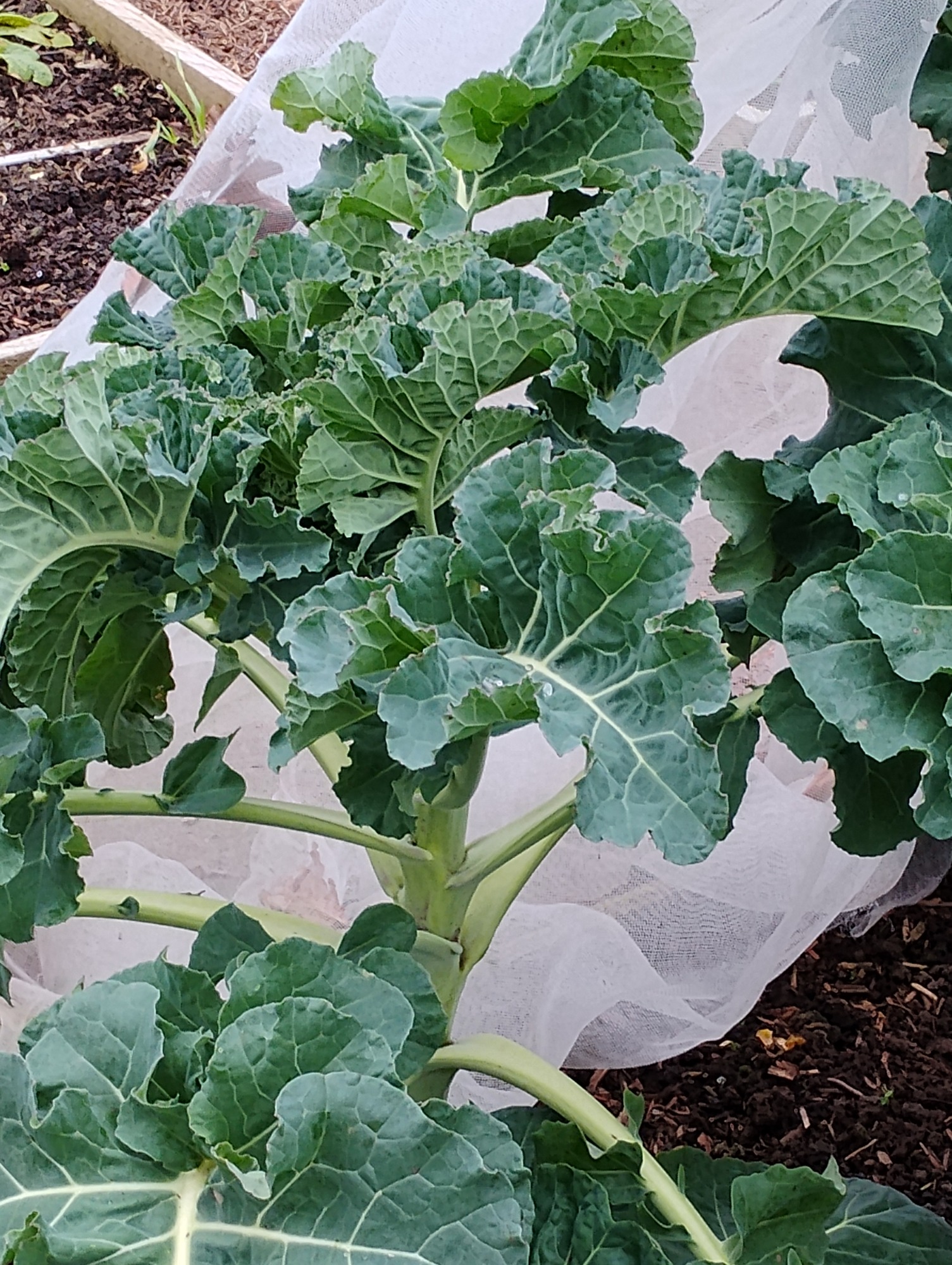

more stripped leaves!
stripped leaves
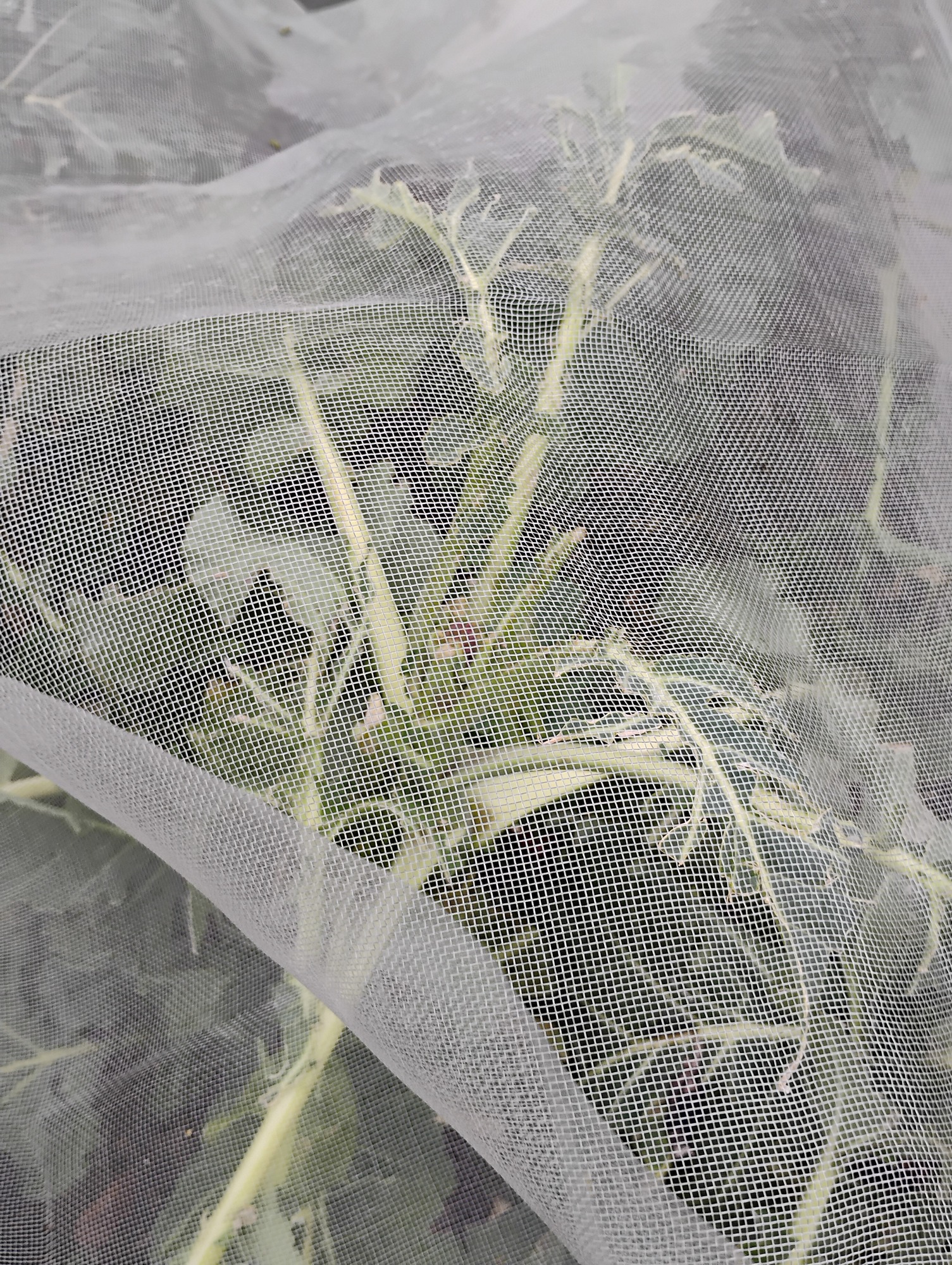
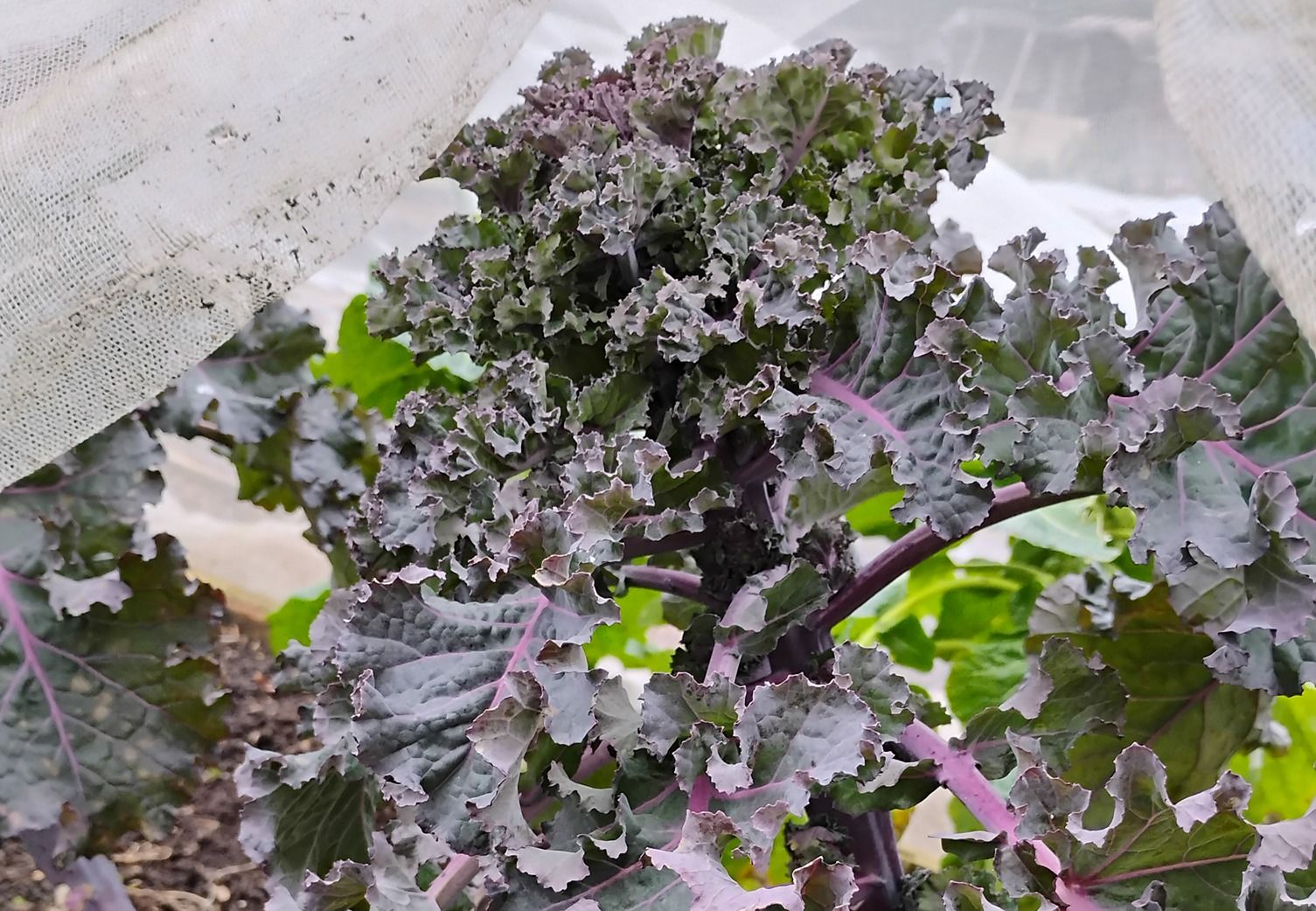
kalettes: still growing strong
If you are looking for a different vegetable to grow this year, why not try kalettes! It's a new type of vegetable and actually bred as a mixture of Brussels sprouts and kale. It took 15 years of breeding to create the kalette and although the seed is a bit more expensive than sprout seeds it has been well worth trialling this year. The plants have stood all winter and are still growing strong. They have been as productive as the Brussels sprouts plants and have a great flavour. We have had them steamed and they are a more delicate flavour than kale. These give an alternative to the usual winter brassicas and If you don't like sprouts give kalettes a go!
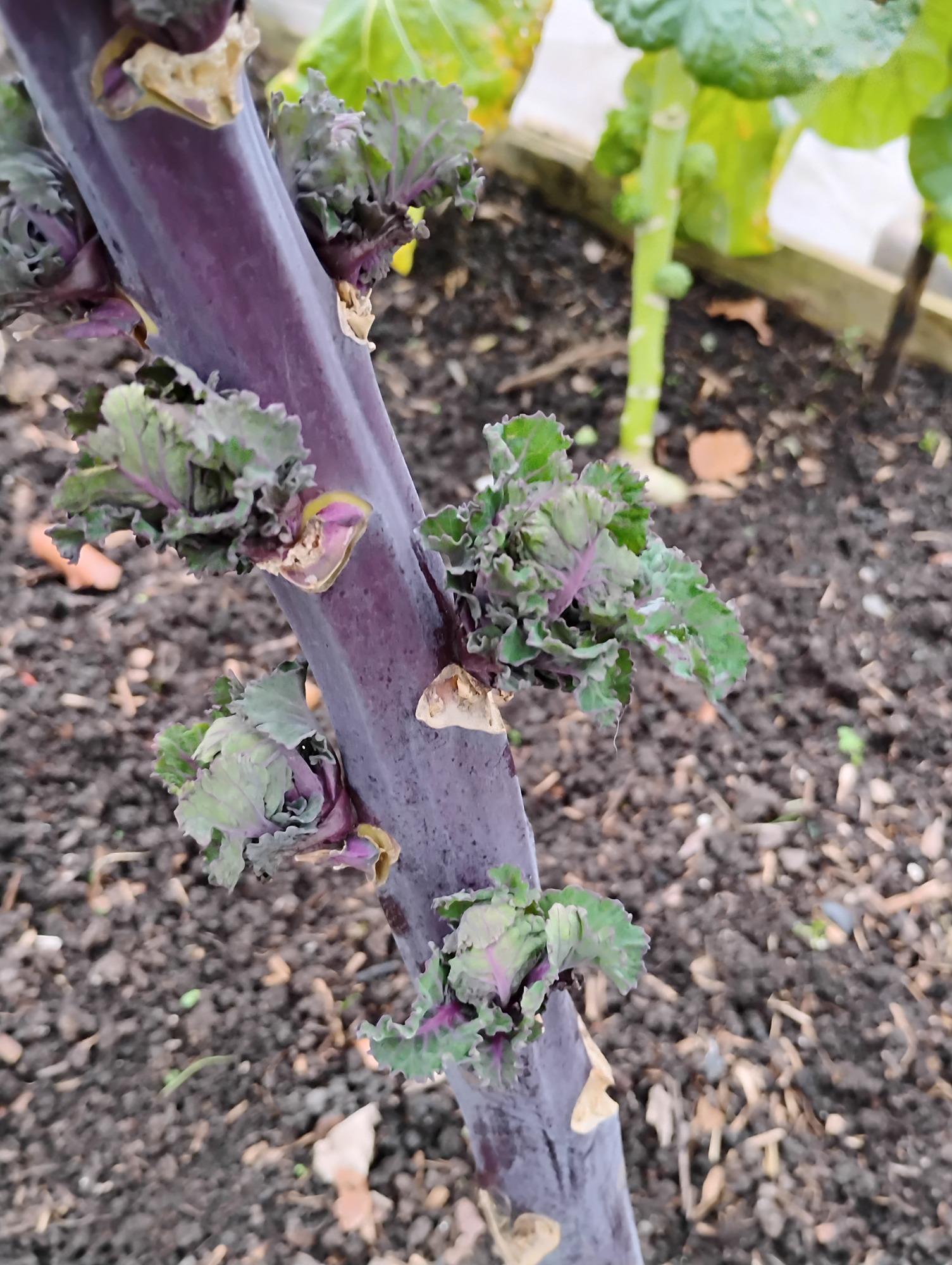
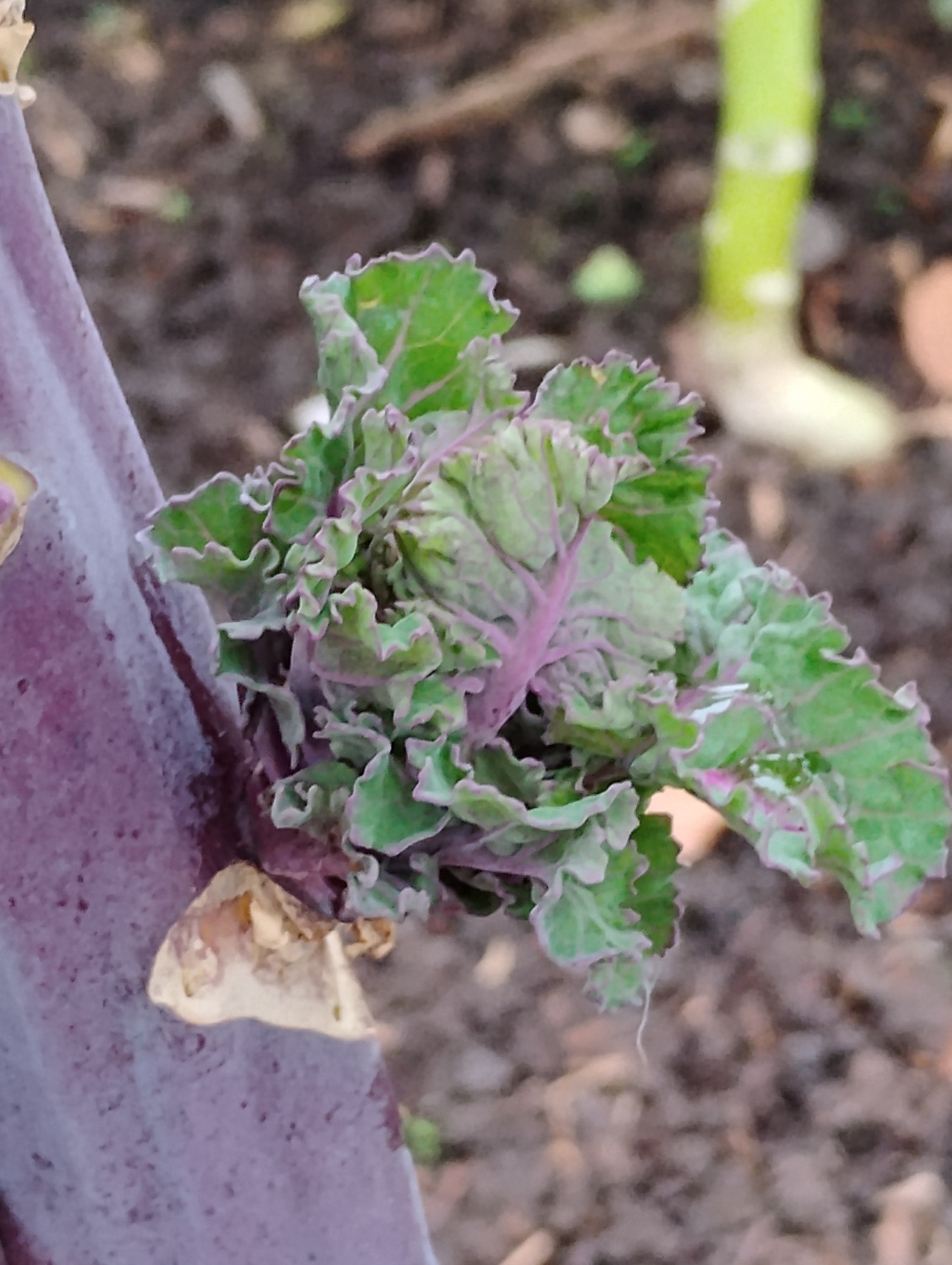

Despite the cold days we have been having there is definitely a feel that Spring is on the way. Days are getting longer and we can now start to look forward to the warmer months. The birds are getting more active in the garden and we are lucky in Saughall that flocks of pink footed geese fly over most days.
The Spring flowering bulbs are now starting to show their heads and the new leaves of the wild garlic are now appearing.
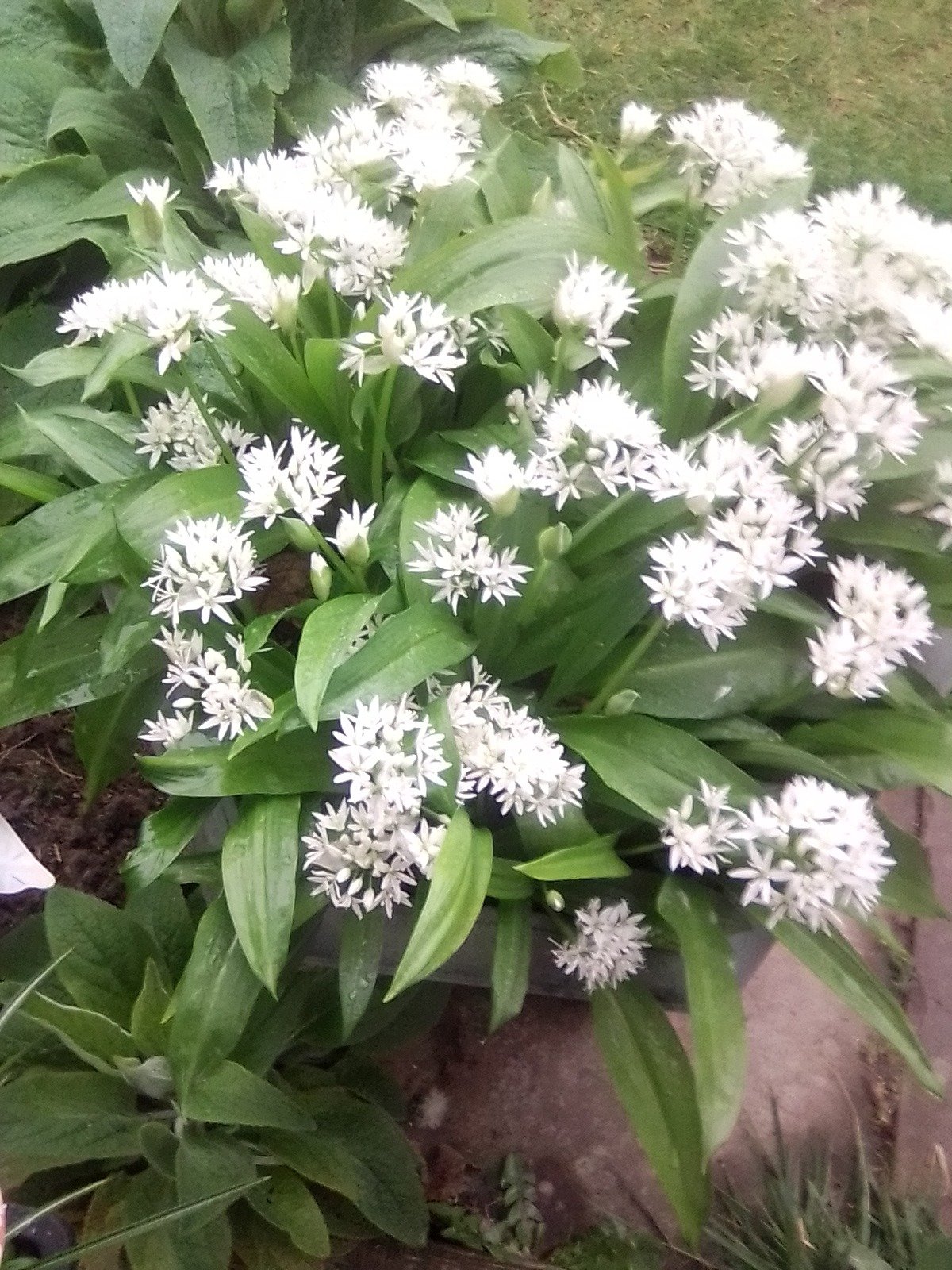
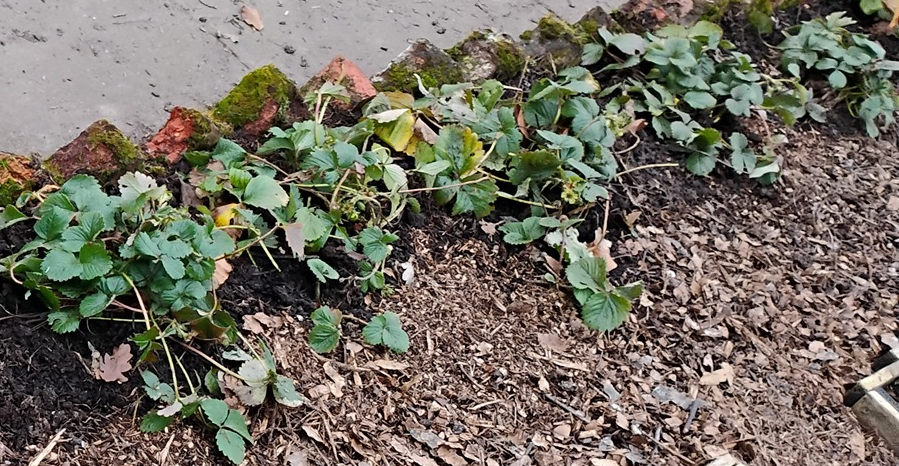
so what could we be doing now?
Continue with pruning apple and pear trees and soft fruit bushes.
These are perpetual strawberries (left) which were planted last year. They produce fewer runners than the summer fruiting varieties, so all they require at this time of year is a bit of tidying up. Old leaves have been removed and new mulch (compost) has been put in around them. Any flowers produced before the end of May will also be removed to allow fruiting from July onwards and they should continue until the first frosts.
You can make a start with seed sowing now but these will be helped with warmth. Personally I do not use an electric propagator but just use plastic covers on the seed trays. I always bring the trays indoors at this time of year to help with germination.
Charles Dowding (No Dig) has some excellent help on his website and also sells a calendar which lists recommended sowing dates. He provides help with sowing here Sowing Timeline.
Seed & Potting Compost: I have used many different types of potting compost but I am currently using a Seed and Cutting compost from B&Q, Sealand Road. This is currently £6 for 35 litres. I do have good germination rates from this.
Seeds: I purchase seeds from a few different sources. The following are just a few that I use and can recommend:
